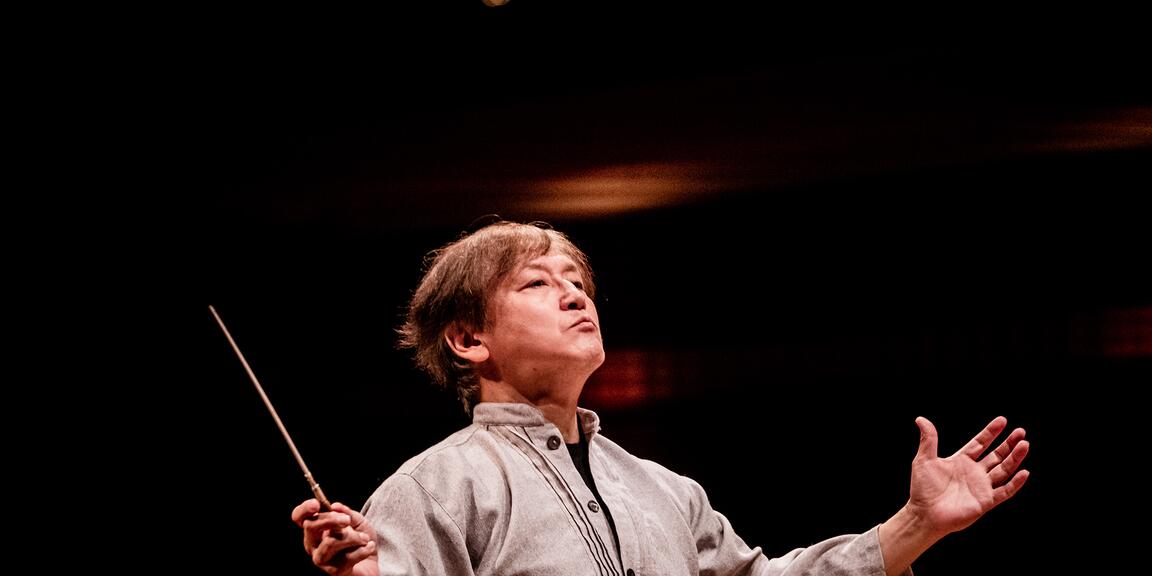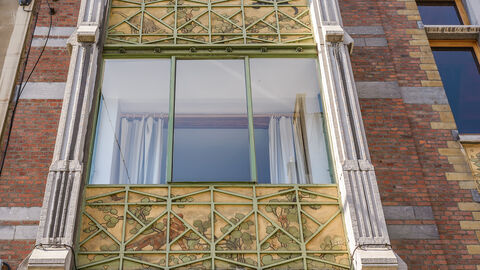
Mahler 1
Brussels Philharmonic, Kazushi Ono
"In fact, the first symphony already contains everything that will characterise him: here already sounds his life melody, the surrender to nature, the thought of death," remarked Arnold Schoenberg. Mahler's life was therefore all-important for his work: a hyper-sensitive artist, driven by a wildly effervescent artistic talent, with a great love for nature and torn by a deep and fundamental suffering.
Mahler spent four years developing the first sketches of his Symphony No. 1 into a full-fledged composition. He sketched the outlines of a symphonic poem, but gave it the structures of a symphony. His audacious approach would forever transform the genre: "The symphony should mirror the world in its entirety. It should encompass everything," he would state later.Nevertheless, these extremes bewildered the audience at its premiere. They were accustomed to Brahms, not the eccentric world Mahler was unveiling. The critics were harsh in their judgement - and even though Mahler felt 'they had no sense of what he meant', he tinkered further with the work and made drastic adjustments. With boundless energy, ironic winks, lovely ballads and grand heroism, this debut symphony serves as the seminal seed from which the subsequent ones would bloom.
The Japanese composer Toshio Hosokawa also reaches back to his own roots in Blossoming II and consciously explores the boundaries between Western and Eastern cultures, "to let the music blossom inwardly from there."
Flagey, Brussels Philharmonic
You may also be interested in:
-
De Japanse invloed op Art Nouveau, met bezoek aan het huis van Hankar De Japanse invloed op Art Nouveau, met bezoek aan het huis van Hankar
Balade urbaine/Stadswandeling [NL]
Sat. 03.02.24 — 14:00 -
L’influence japonaise sur l’Art Nouveau et visite de la maison de Hankar L’influence japonaise sur l’Art Nouveau et visite de la maison de Hankar
Balade urbaine/Stadswandeling [FR]
Sat. 03.02.24 — 14:00


